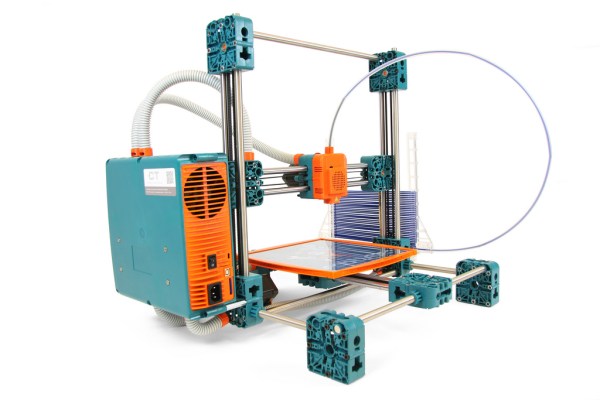Although the technology hasn’t yet lived up to its hype as the harbinger of a new industrial revolution, investments in 3D printing technology have surged in 2014.
Last year, spending on 3D printing and additive manufacturing hit $3.07 billion dollars, according to a report from industry analyst group Wohlers Associates. That number is projected to reach $12.8 billion by 2018, and $21 billion by 2020, according to the group.
Meanwhile 54 companies launched or raised capital with an eye toward tapping this growing market in 2014, according to data from CrunchBase. It’s the highest number of investments the sector has seen, and at $72 million of disclosed investments, it’s the most amount of venture capital committed to the sector.
Admittedly, these numbers are still small, but the growth of the industry seems assured thanks to innovation coming from new business models, marketplaces and technologies that continue to expand the possibilities for manufacturers of all stripes.
Over the course of the year, companies have emerged with on-demand manufacturing businesses for everything from customized soles, to headphones, and even cars.
Beyond the businesses that are launching to take advantage of 3D printing, entrepreneurs are continuing to innovate with manufacturing techniques and marketplaces for makers to sell their wares.
In fact, a Harvard University professor has launched Voxel8, and raised an undisclosed amount of capital from Braemar Energy Ventures and another secret investor to manufacture the first desktop electronics printer that can print both thermoplastics and conductive ink.
Spun out of research conducted by Professor Jennifer Lewis at Harvard University and the University of Illinois (which both hold an equity stake in the company), Voxel8 is aiming to expand the universe of printed products to include electronics.
Lewis’ team at Voxel8 have already printed a functioning quad copter, and 3D circuit boards. The printer can also make near field antennas, USB flash drives, and other objects with embedded electronics, the company said.
Meanwhile, the capital available for 3D printing technologies keeps expanding. In October, Autodesk announced its Spark Investment Fund, a $100 million investment vehicle that will invest in startups developing businesses around 3D printing.
“Numerous industries recognize the value of tapping into entrepreneurs or startups with better ideas and approaches, and 3D printing is no exception,” said Samir Hanna, Autodesk’s VP of consumer products and 3D printing, at the time.
